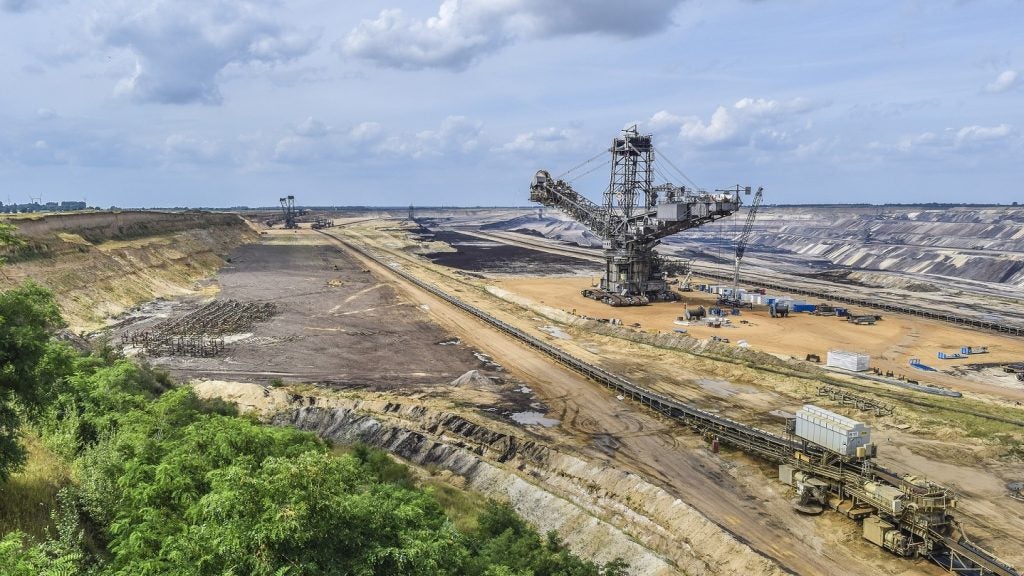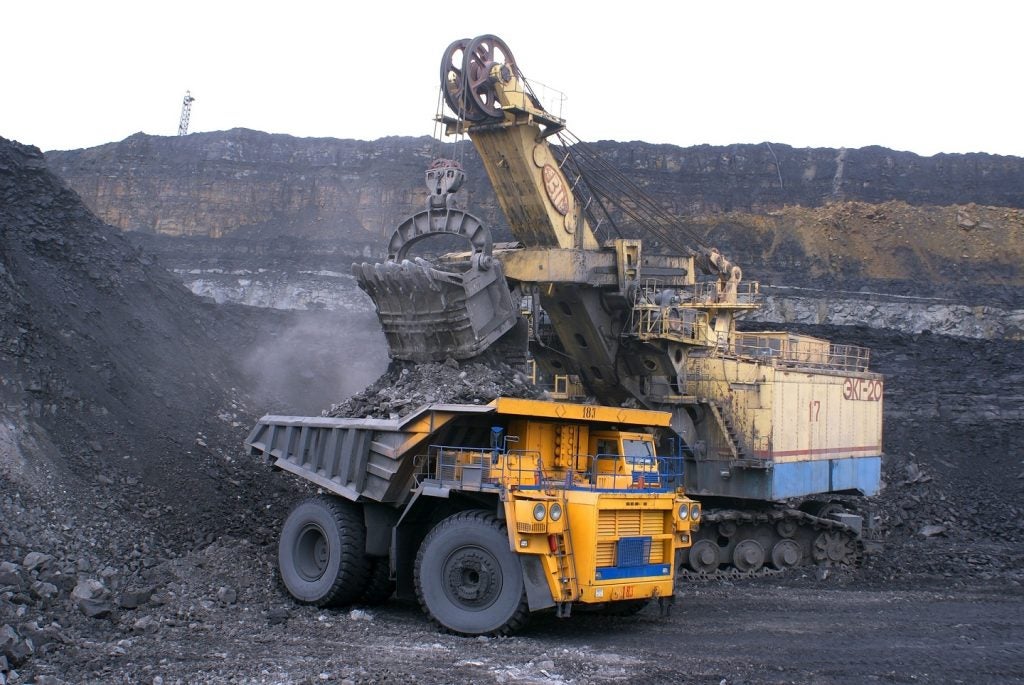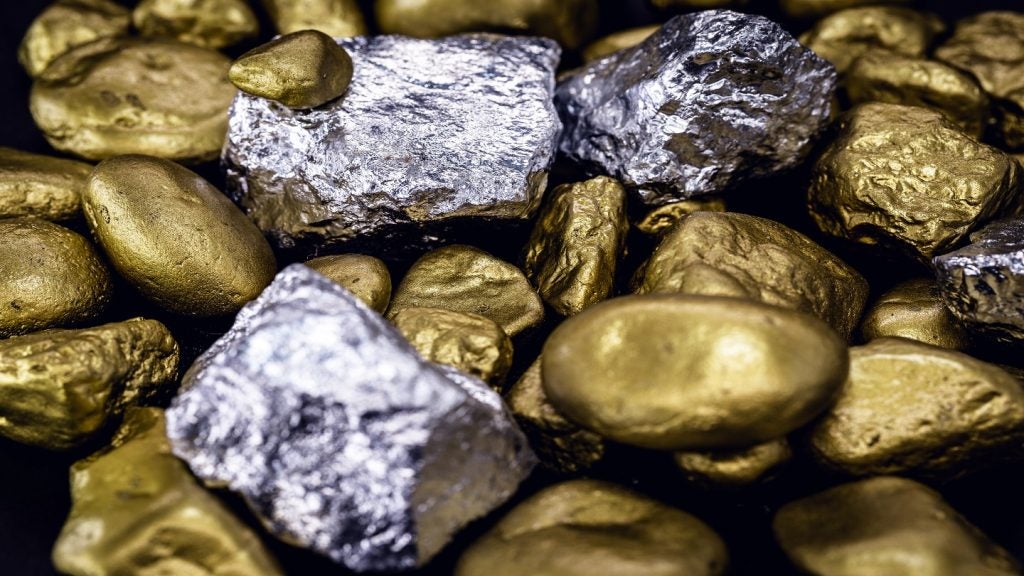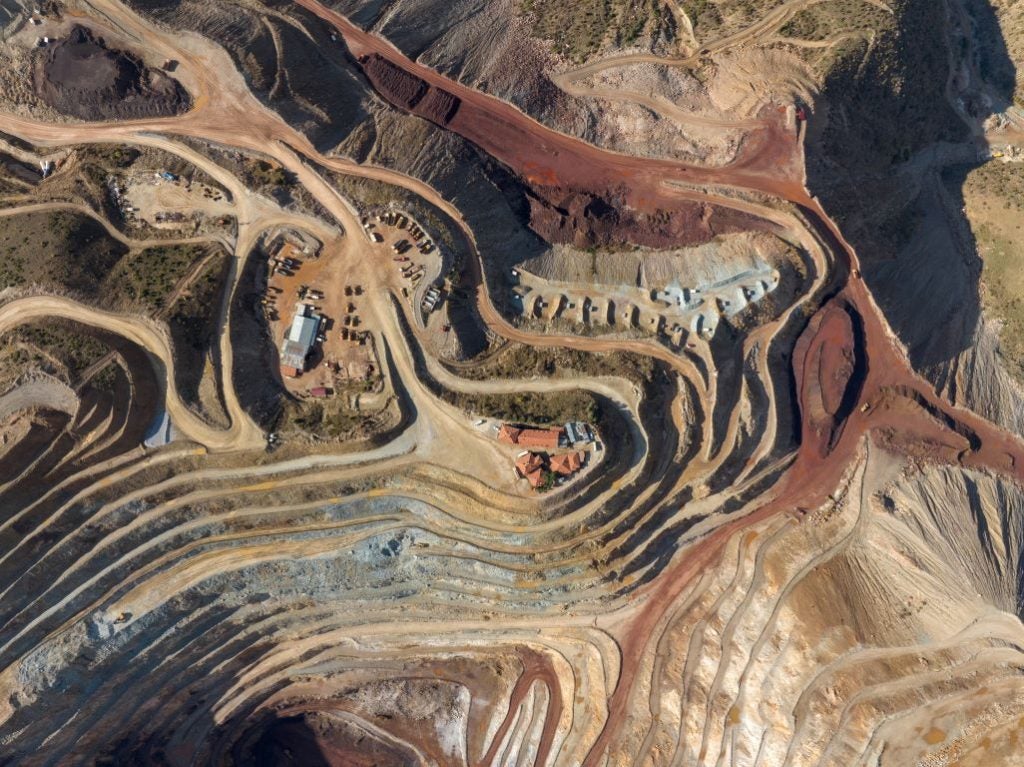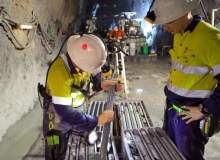

Since discovering the DeGrussa copper-gold prospect in April 2009, Australian mining and exploration company Sandfire Resources NL has gone from strength to strength. Considered to be one of the premier high-grade copper mines in the Asia Pacific region, the project – located 900km north-east of Perth – has proved lucrative for the company, producing a cash flow of A$500m a year of revenues in its first two years of operation.
But Sandfire also has its sights set on exploring further afield. This year alone the company has acquired interest in Toronto-listed copper-gold explorer WCB Resources and bought a stake in Vancouver-based Tintina Resources.
MD and CEO Karl Simich talks about Sandfire’s strategic business plans and explains why Tintina’s Black Butte project offers a unique opportunity to explore the copper mining industry.
Laura Walkinshaw: Can you explain Sandfire Resources NL’s strategic business plan?
Karl Simich: Sandfire has a really very, very simple strategic business plan. On one business page, our strategic objectives are to optimise return to the owners of our business, while ensuring that we are socially responsible and environmentally conscious.
We believe that we need to optimise the DeGrussa operations and that we should explore with absolute vigour, determination and dedication the region around DeGrussa and to a greater extent the general region where we are.
How well do you really know your competitors?
Access the most comprehensive Company Profiles on the market, powered by GlobalData. Save hours of research. Gain competitive edge.

Thank you!
Your download email will arrive shortly
Not ready to buy yet? Download a free sample
We are confident about the unique quality of our Company Profiles. However, we want you to make the most beneficial decision for your business, so we offer a free sample that you can download by submitting the below form
By GlobalDataWe also believe that we need to look for other business opportunities, predominantly in the base and precious metals space, which together with the capacities, good cash flows, intellectual property and reasonable skills sets that we believe we have got, we can achieve what we expect to be a reasonable rate of return on a defined risk reward evaluation period.
We’ve recently also invested in a Toronto-listed company WCB Resources [the company is currently exploring the Misima copper-gold project in Papua New Guinea], which is a very high risk but potentially high reward opportunity. While the potential for it to become a mine scenario might be at a much higher risk, the flipside is the potential reward in that transaction if it is successful is phenomenal. It’s one of those ones where it will be on many, many multiples.
With some degree of fanfare, Geosynthetics Mining Solutions was introduced in 2014 as the first ever conference of its kind.
LW: Why did you decide to acquire a stake in Tintina Resources?
KS: From our perspective, after everything we have looked at from a very detailed exercise of due diligence over a very long period of time, we’ve formed a view that there is no scientific reason for Tintina Resources’ Black Butte project not to be permitted. On that basis, in consolidation and in cooperation with the other major shareholders, they have invited us to this proposition.
Tintina has established a Canadian NI 43-101 compliant resource of almost from 600,000 tonnes of contained copper, which is a significant number. Exploration potential is also significant alongside that geological system. Therefore in our investigations of looking for other opportunities, anywhere on the globe for that matter, it ticked many of the boxes we were in search of. It’s a project that is crying out to be developed. It will now go through scoping and into feasibility studies with the investment that we have made – some C$16m over the next two or three-year period.
We’ve been able to invest quite frankly at, I would say, bargain basement prices. We’re investing in a 43-101 resource at the initial investment price of 3c per pound of copper, which even at today’s copper price is at the rate of 1% per pound of copper.
Over five years of potentially investing up to C$44m, we will have 54% of the equity rights in the company. That will also give the company sufficient funds to finish its feasibility study over a three to four-year period and also hopefully complete permitting of the project. We also wanted to make sure that we didn’t want to take all the risk upfront, so it’s a staged investment. It was a perfect opportunity for something that absolutely fitted our business strategy like a glove.
It’s not that there won’t be potentially some bumps along the way – we know that developing projects is all about dealing with speed bumps or hurdles, and with regard to assets in North America, the big issue will be permitting and dealing with the NGOs.
LW: What role do you see the company playing in the project?
KS: As part of our strategy, we must have a clear path to control, otherwise we are not interested. Essentially unless we can pull levers and push buttons we have very little interest in being involved in something.
Under the agreement with Tintina, Sandfire has the right to directors on the board and importantly, Sandfire has the right to appoint under secondment or as a nominee the chief executive officer of the company. Mr Bruce Hopper has been appointed immediately as chief executive officer and has moved to the US. He will be in situ on the ground, so we will play a very, very critical role.
We will also have Tintina’s executive board and senior management group in Australia this month for a two to three-week period, through which we will develop a pathway moving forward and a strategic plan that we can all commit to and go forth with. We really want to make sure that we fuse their business thinking and the way they want to approach things with the same way that we want to.
In my mind, it’s not so much even a case of what role Sandfire will play. Essentially, the project will be part of Sandfire as far as I’m concerned. We’ll sit there initially as a 34% equity position with the ability to go to 54% but mentally we will be very much treating it as if it’s a wholly owned subsidiary.
LW: What else is Sandfire planning for the future?
KS: We will continue to scour or be proactively involved in looking for business opportunities in base and precious metals that sit within our strategic business plan. We’re Australia-based but if I stripped back Sandfire and looked at the people within Sandfire, there is a talent pool who has worked in the resources sector all over the globe, so it’s not as if we need to be constrained to anywhere in particular.
As a number one priority in Australia or anywhere else in the world, in any sensible region, we will firstly be looking for a quality project – that is the hard part. We have found historically that the biggest hurdle is quality of project. If you look at the iron ore sector in Western Australia today, they are struggling big time with an iron ore price that has essentially halved or fallen off even more in the last 18 months.
Quality of project is paramount, and when I say quality of project it has to be assessed on the risk-reward curve because if I put the Black Butte project of Tintina and compared that to the Misima project in WCB, they are very different deposits, very different risk profiles, very different potential investment criteria, and they have very different potential rewards and returns.
A key element for us going forward is to look for other value-adding opportunities and find more exploration or ore reserves or life where we have the DeGrussa mine. If you think of the ore body that we’re currently mining in DeGrussa, which is almost five percent copper ore body with nearly two grams per tonne gold of the byproduct, to find an ore body like that is quite amazing. To find more of that ore body, which we have been doing, is good, and to continue to do that is almost the key priority for us.
The latest E&Y mining and metals business risks list makes for interesting reading.
LW: What is Sandfire future outlook for the copper mining industry?
KS: If you’re in the mining industry, you must have strategies to look at the short-term ebbs and flows, but fundamentally we’re in the long-range business, so we are interested in commodities that medium to long term have an ability to be sustainable, commodities that have real worth and value and utilisation.
Particularly at the moment while we’re seeing the market going sideways, the copper space is not a bad place to be. The demand for copper at A$3 a pound is not a bad price. We’re very comfortable with that.
Looking at the Tintina project, for example, it has a grade of about 3.5% copper. Our DeGrussa project has a grade of about 5% copper. Given the operating costs in Australia, a 5% copper ore in Western Australia would be no better than a 3.5% copper ore in the US. The costs of energy, the costs of labour, etc. are so much lower compared to Australia at this point in time, so you’ve got to understand the environment you’re in as well.
Long term, we see copper as being in good demand. It’s going to be challenging for some of those bigger operations with low-grade margins but the flipside for a small company who has got a lucrative operation with good margins is that you can do quite well.
Demand for copper might be less than the boom time of two or three years ago, but it has got long-term sustainable solid demand consistently. There’s no question about it.


.gif)

